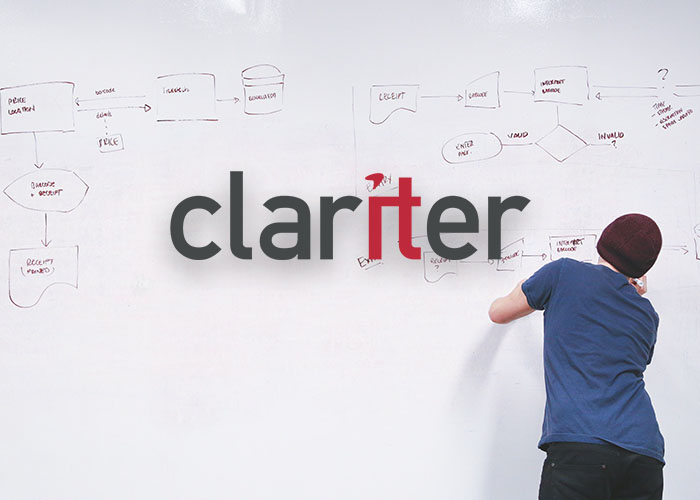Part II: Co-design as a tool to enhance Customer Engagement and Customer Experience
This article is the second of a series of three articles.
The first is published here: https://www.claritergroup.com/measuring-customer-engagement-and-customer-experience/
In the last article, we discussed the future of Customer-Centricity, and how Customer Engagement and Customer Experience activities are truly important to get Customers involved, within the full journey. In this article, we are going to discuss the importance of Co-design as a tool that connects users, customers, relevant stakeholders, with the business.
“Co-creation is an act of collective creativity that is experienced and performed jointly by a group of people. Co-design is collective creativity that is applied across the whole span of a design process. This means that co-design is a specific instance of co-creation.”, ‘A Social Vision for Value Co-creation in Design’, Liz Sanders/George Simons.
Co-design is a design approach aimed at actively involving end-users, customers, relevant stakeholders, and businesses, in the design process to ensure the outcome meets all their needs. We are talking about co-design applied to creation with a focus on active collaboration between users and designers. Co-design is all about considering inputs coming from users – that are experts on their experiences, needs, and desires – and not a design done on behalf of the user (and without him). A Co-design process is usually based on four steps:
- learn from each other and set goals and challenges.
- focus on user needs to gather key insights for each stakeholder.
- co-create design concepts and build prototypes.
- check the validity and the co-created solution by testing and evaluating the resulting prototype with end-users and stakeholders.
Co-design can take place at any point across the design development process. But to follow a best practice, before inviting designers or engineers into the process, companies should bring in users, customers, and other stakeholders, as active Co-designers, to expose all possible issues and needs, and develop actionable ways to deliver or improve the experiences, aligned with the market expectations. This will derive in Co-creation a new solution.
If a brand uses a Co-design approach by including customer contribution and ideas, it can minimize the risk of failure of a product or service and prevent losing large investments by not hitting the bullseye target. Also, the time needed to develop or improve a product or service is significantly reduced, when adapting the entire process to a Co-design methodology.
Understanding Co-design and its terminologies, applications, and possibilities guide us to a more successful collective creativity. The collaboration, cooperation, and creative potential will depend on the ability to find common ground, share ideas, use a common language, and work together. With a strong focus then on execution and implementation, more targeted and differentiated products, services, or systems are delivered with a very low rework need.
Co-design creates a more unified vision of the desired customer experience by bringing disparate insights about the ideal customer journey into a more consistent view. By measuring and evaluating the quality of business processes, we monitor and outline the entire Customer Journey concerning services, products, and applications, intending to detect user satisfaction and how to improve it with the user’s direct interaction.
Building a connection between customer experience and the value it brings when it is recognized as a very positive one, involves patience and discipline, adopting early an analytic approach to that relation. When that connection is built properly, we create a clear vision of what is important to customers and justify beyond any doubt keeping the customer experience on the top of the list of strategic priorities of any business.
When businesses engage in Co-design, the Customer Experience and Customer Engagement scores like Customer Effort Score (CES), Customer Satisfaction Score (CSAT), Net Promoter Score (NPS) and Social Media positive feedback (likes, shares, comments) evolve positively. Another positive consequence is that we raise the levels of Costumer Engagement that is initiated by the customer’s own will (the factor mentioned before as “not controllable” by the businesses), as they start to promote and support the brand, ensuring it high Reputation and Visibility.
All business leaders strive to improve their organizations’ results. One way to achieve this is by referencing to the utilization of best practices, as presented in the Co-design approach; how to involve users, customers, relevant stakeholders, and businesses to get the best results for each party.
Having discussed the Co-design approach and how it is possible to involve users, customers, relevant stakeholders, and businesses, in the following article, the final of this series, we will talk about approaches to hear customers’ feedback. Stay tuned!

